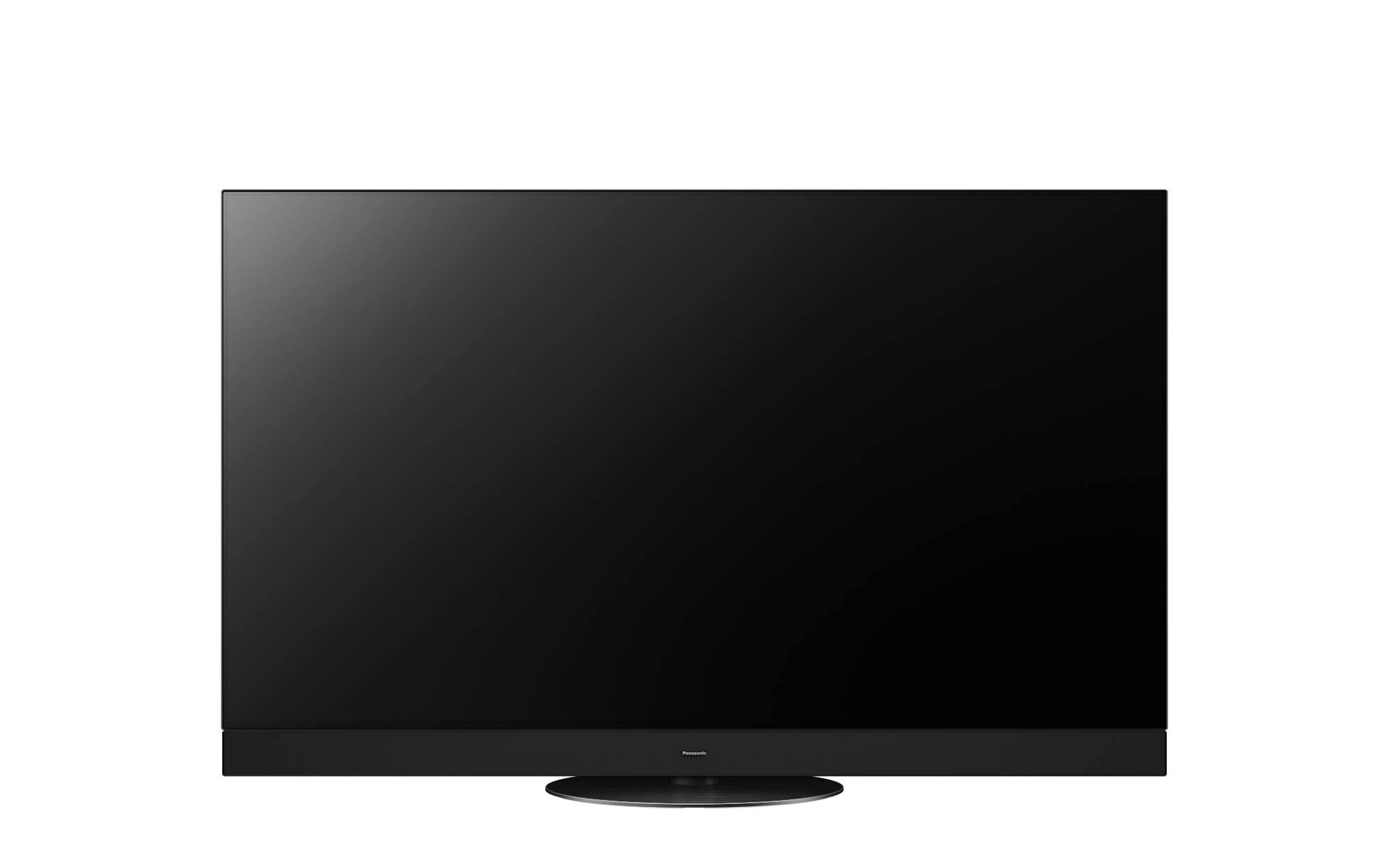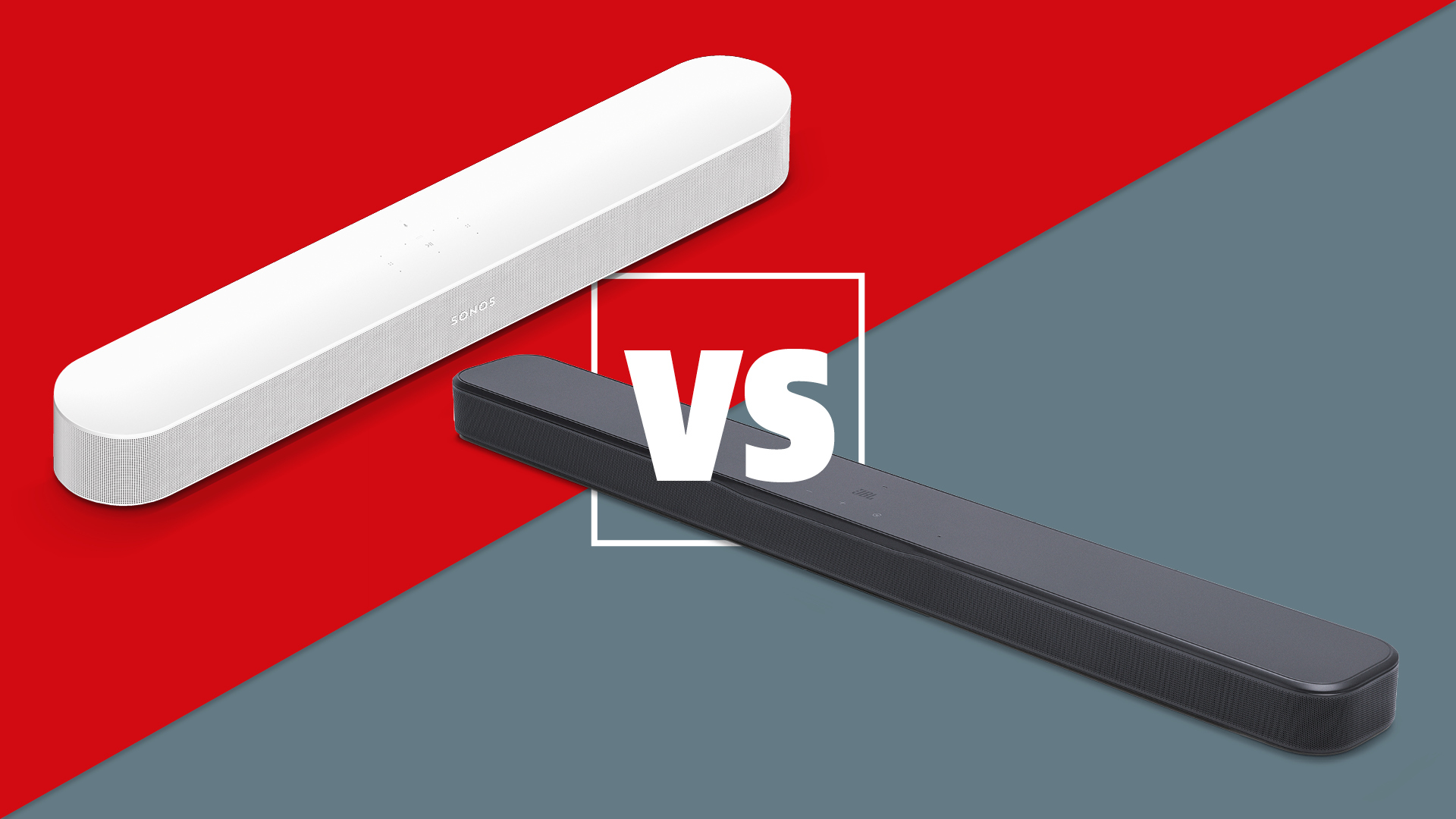Panasonic’s flagship LZ2000 OLED TV brings brightness boost, array speakers and new gaming features
New front-firing speakers, a mid-brightness bump, and improved 60Hz latency

Panasonic appears to have brought significant improvements to its flagship OLED TV for 2022. Announced today at CES, the new LZ2000 – which comes in 55-, 65- and, for the first time, 77-inch sizes – seeks to build on last year’s JZ2000 range-topper with greater brightness, new gaming features, a new front-firing speaker array, and an improved ‘Auto AI’ mode.
Automatic, real-time picture optimisation based on ambient lighting conditions has been a focus point for TV manufacturers for a few years now, and here Panasonic continues that journey onwards. The LZ2000 uses advanced sensors to not only optimise its picture based on the time of day but also to detect the room’s light colour temperature, in order to adjust the picture in a more “nuanced” way.
Panasonic says that adjustments based on ambient colour temperature information is important as humans perceive ‘white’ differently based on ambient lighting. The new sensor works together with the LZ2000’s HCX Pro AI processor to adjust each tone depending on a room’s ambient light.
This builds on last year’s ‘Auto AI’ mode, which works to optimise picture performance based on the type of content being played. Panasonic says the LZ2000 can do this auto-detection and optimisation “even more smoothly” than its predecessor.
- CES 2022: what to expect as the world's biggest tech show returns

The LZ2000 TVs (the 77-inch version of which is officially called the ‘Master OLED Pro – Cinema Size’) use Panasonic’s ‘Master OLED Pro’ technology, which the company claims delivers even more mid-level brightness and improved bright detail through advancements in picture processing.
Considering Panasonic’s keen and prompt support for various HDR technologies in recent years, it comes as no surprise that the LZ2000 offers a full suite of formats – Dolby Vision IQ, Filmmaker Mode, HDR10+ Adaptive, and HLG Photo. Once again, Panasonic has worked in conjunction with renowned Hollywood colourist Stefan Sonnenfeld to strive for accurate colour reproduction.
An increasing focal point for TV brands is next-gen gaming features, and to that end the new Panasonic flagship offers HDMI 2.1 features (including High Frame Rate and Variable Refresh Rate at 120Hz in full 4K resolution, reduced input lag for 60Hz gaming, automatic NVIDIA GPU detection, and a ‘Game Control Board’ overlay so that gamers don’t have to leave a game to see relevant settings and information such as frame rate, input lag and VRR data, and HDR metadata.
The latest hi-fi, home cinema and tech news, reviews, buying advice and deals, direct to your inbox.

While we found the picture performance of Panasonic’s 2020 flagship HZ2000 “superb”, we weren’t convinced that its all-singing-all-dancing, Technics-tuned, Dolby Atmos sound system justified the significant extra expense over more affordable picture-matching models. For 2022, the Japanese firm has upped the ante in the speaker department, overhauling its front-firing speakers to offer array speakers (multiple speakers arranged in a row) that run the entire length of the TV behind the front speaker grille. This speaker array, which is complemented by upward-firing and side-firing speakers, has been chosen for its wider, more directional soundstage and clearer, more precise reproduction.
What’s more, users can now adjust the relative loudness sound in different parts of the room thanks to three modes: ‘Pinpoint’, which allows the sound to be directed to one specific point, such as your seating position; ‘Area’, which allows you to shift the sound to a group of people in a specific area of the room; and ‘Spot’, which boosts the volume in one specific area (perhaps where someone who is hard of hearing is sitting) while still allowing others in a room to hear it.
Pricing for the Panasonic LZ2000 models will be announced closer to their on-sale date in summer 2022.
MORE CES TV NEWS:
LG 2022 TV lineup: everything you need to know

Becky is a hi-fi, AV and technology journalist, formerly the Managing Editor at What Hi-Fi? and Editor of Australian Hi-Fi and Audio Esoterica magazines. With over twelve years of journalism experience in the hi-fi industry, she has reviewed all manner of audio gear, from budget amplifiers to high-end speakers, and particularly specialises in headphones and head-fi devices.
In her spare time, Becky can often be found running, watching Liverpool FC and horror movies, and hunting for gluten-free cake.
